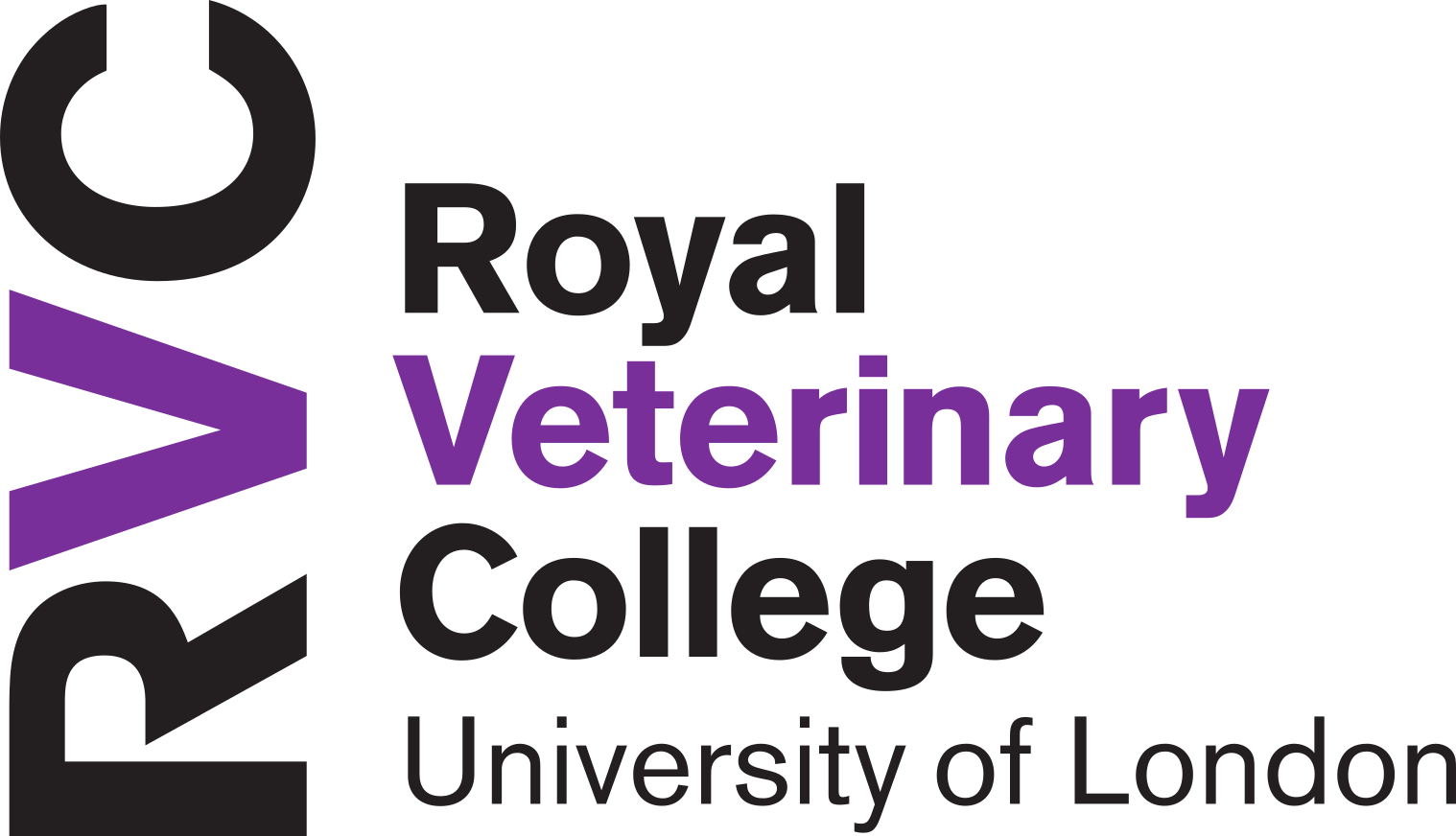Saving lives: Managing diaphragmatic hernias or rupture in general practice
Diaphragmatic hernias/ruptures involve the displacement of abdominal organs into the thoracic cavity through an abnormal opening in the diaphragm, often resulting from trauma or congenital defects. This can lead to compromised respiratory function and other systemic effects. Accurate diagnosis relies heavily on imaging techniques. Radiography is the primary diagnostic tool, often revealing the presence of abdominal organs within the thoracic cavity and an abnormal diaphragmatic contour. Critical preoperative management involves stabilising the patient's respiratory and cardiovascular systems. Oxygen therapy, fluid resuscitation, and pain management are essential to stabilise the patient before surgery. Thorough preoperative assessment is essential for the correct management of the patient, and tailored anaesthesia protocols are crucial for patients with diaphragmatic hernias/ruptures, given their unique physiological challenges. Induction and maintenance of anaesthesia should be performed with agents that minimise respiratory depression. Intraoperative mortality is believed to be associated to poor anesthetic management and inadequate ventilation. Effective pain management strategies, including multimodal analgesia, are vital to ensure patient comfort and minimise perioperative stress. Surgical intervention should not be delayed and should be performed promptly once the patient is stable enough. Close monitoring for complications such as re-expansion pulmonary oedema, and recurrence of the hernia is imperative. If the animal survives the early postoperative period (12 to 24 hours), the prognosis is excellent with recent studies reporting a survival rate of 79-100% for traumatic herniation, acute or chronic, in dogs and cats. Diaphragmatic hernias/ruptures in dogs and cats present complex challenges that require a multifaceted approach to management. Understanding the anatomical changes, utilising appropriate diagnostic techniques, and implementing effective perioperative and postoperative care, can significantly improve patient outcomes.





)
)
)
)
)
)
)
)
)
)
)
)
)
)
)
)
)
)
